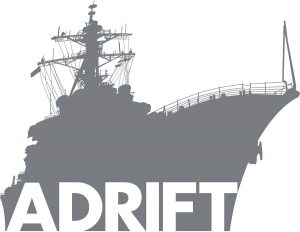Rapid cost declines made renewable energy the United States’ cheapest available source of new electricity, without subsidies, in 2017. In many parts of the U.S., building new wind is cheaper than running existing coal, while nuclear and natural gas aren’t far behind. As renewable energy costs continue their relentless decline, they keep pushing fossil fuels further from profitability – and neither trend is slowing down.
This dynamic is apparent in the decade spanning 2008-2017, where nearly all retired U.S. power plants were fossil fuel generation, and was capped by utilities announcing 27 coal plant closures totaling 22 gigawatts (GW) of capacity in 2017. The U.S. Energy Information Administration (EIA) forecasts coal closures will continue through 2020, potentially setting an all-time annual record in 2018.
Source: Cheap Renewables Keep Pushing Fossil Fuels Further Away From Profitability – Despite Trump’s Efforts

